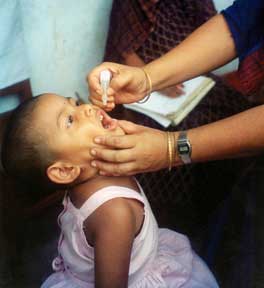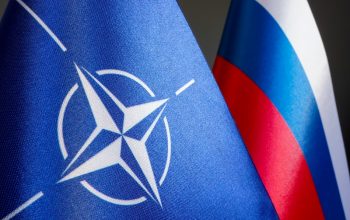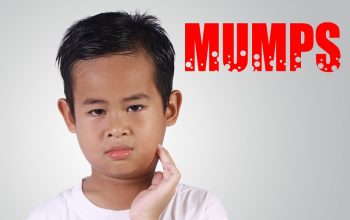The following article of mine was removed from a previous publication after the editor and I entered a conflict over freedom of expression. It is reposted here since the issue of polio vaccine in third world is very much alive today.
For some time, there have been disturbing reports of polio vaccination’s dangerous, and self-defeating, effects among children. The vaccine, part of the polio eradication initiative of WHO and partner organizations, is reportedly causing paralysis in children, producing the same kind of disability that polio does. In other words, while it is purportedly given to the very young kids to prevent them from polio, some experts believe the vaccine itself is causing polio in a number of them.
Reports of polio vaccine causing paralysis have been around for years now, particularly from Africa and India. The most alarming news came from Africa in 2007, where an outbreak of polio in Nigeria was traced to the same vaccine given to Nigerian kids as part of WHO’s anti-polio vaccination campaign. The New York Times story mentioned a number of cases in various countries, including the highly contagious nature of the vaccine which even caused partial paralysis in an American woman who changed the diapers of her baby vaccinated for polio.
More recently, reports of VAPP caused by the polio vaccine refer to the Polio Global Eradication Initiative’s own statistics, informing that up to 180 vaccinated children in India fall a prey to VAPP each year. This stands at a hair-raising incidence 3 to 4 times higher than polio caused by the wild polio virus. The medicine seems deadlier than the disease itself. Or to say, the “medicine” is the disease.
In Pakistan too, the threat of polio vaccine is not going entirely unreported. Last month, Anthony Gucciardi revealed in his article, published in Natural Society, that close to 80% of recent polio cases are reported among children who had been vaccinated for polio. This is a shockingly high figure: of 136 polio cases, 107 were those vaccinated for the disease.
And these are only the cases on record. In a country like India or Pakistan, many cases do not get the correct diagnosis, particularly in people of the lower economical class. With these statistics, questions are raised about the earlier claim that calls VAPP a “rare adverse reaction”. It appears as quite common.
Information available on this topic reveals that the oral vaccine used in polio vaccination campaigns is the dangerous agent causing VAAP. The oral drops of the vaccine carry a weakened, but not dead, version of polio virus. This weakened virus can get strong again anytime after vaccination and cause paralysis or even death in children! That is why the US banned the use of oral polio vaccine in the country in the year 2000 and allows only vaccination via injection. But in developing countries, including India and Pakistan, the oral vaccine is used in vaccination campaigns. Why do we have different health standards in vaccinating children in the US and those in poor countries, particularly when the latter can be put at a life-threatening risk by the very vaccine itself?
Many people are now expressing concern this vaccine may cause serious harm, but one must wonder that no media in developing countries like Pakistan informs the public about the statistics and some of the issues related to vaccinations for polio. For some time, during the early years of this vaccination campaign, religious groups created the propaganda that it is West’s conspiracy to sterilize Muslim children (thus checking their alarmingly high birthrate). But soon, people stopped believing in the rumor. However, the masses have not been, and are not being, informed about the scientific/statistical facts of polio that are negative and that raise questions about its use.
WHO and partner organizations on this point have much to lose if the polio vaccine is truly found to be dangerous. Awareness of this potential threat might undermine their huge project worth. But the big question is why the media in places like Pakistan do not raise important questions about these projects. Perhaps, once again it may be a matter of money.
The problem is that if these vaccinations are creating serious problems, public health is at stake. Children can die or become disabled from natural polio virus, but they are also equally or more at risk from the polio vaccine given to them orally around the world. Given some of the facts related to polio vaccines, it is reasonable that this issue should be addressed on priority basis; for poor children in developing countries are as much deserving of health safety as those children “born with a silver spoon” in other countries.


